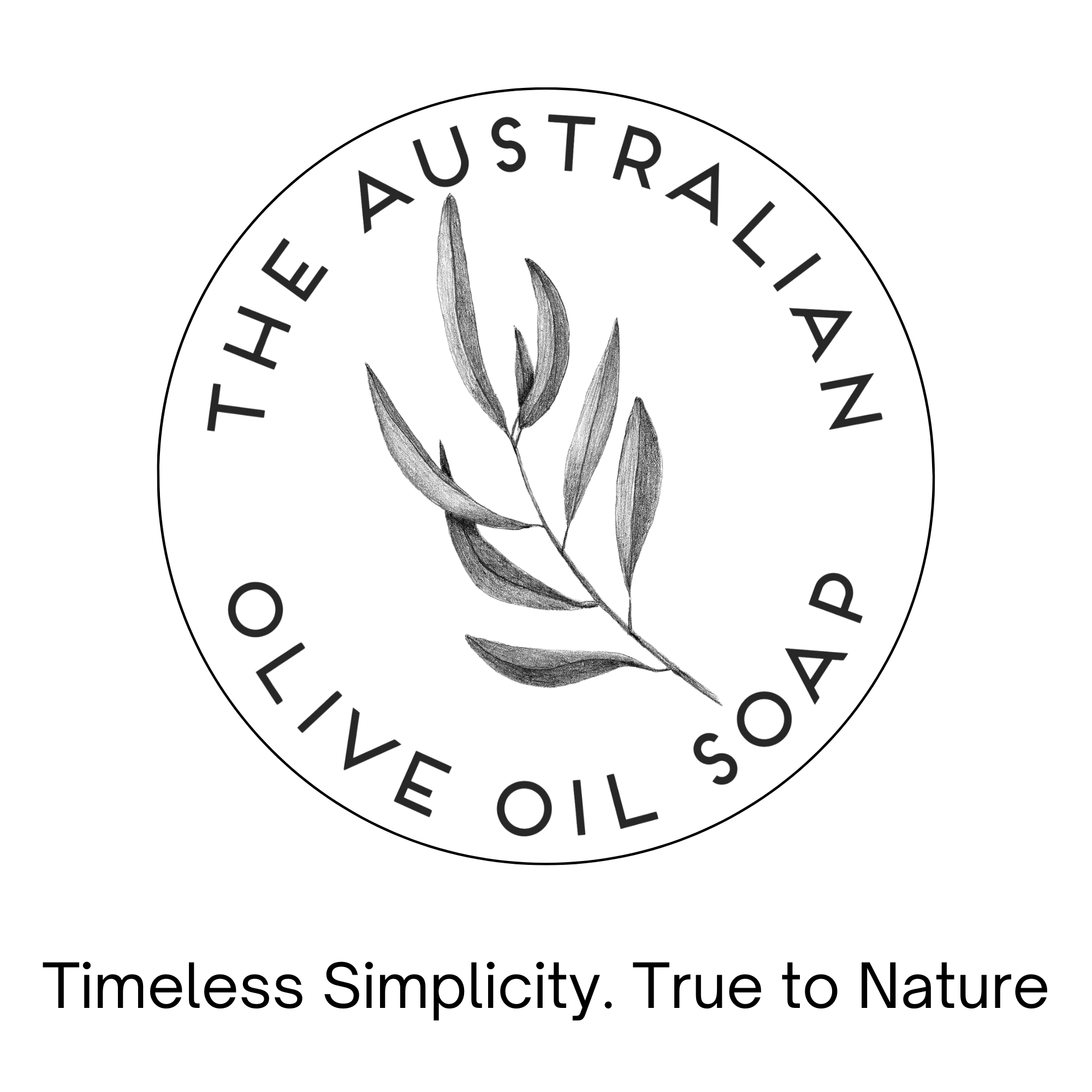Toxic Ingredients You Should Avoid
At The Australian Olive Oil Soap, we proudly create natural soaps and body-care products using only ingredients you can trust, as listed in our “Green List.” Our body products are crafted with pure plant oils and contain no water, which means there’s no need for preservatives—not even those derived from natural sources. Our approach ensures that each product is free from artificial additives, synthetic compounds, and unnecessary chemicals—just wholesome, natural ingredients you can rely on.
Why We Avoid Toxins
The cosmetic industry has introduced numerous chemicals into body care formulations, many of which are associated with long-term health risks, including cancer, reproductive issues, skin irritations, asthma, and hormonal imbalances. We’re committed to avoiding these harmful ingredients to offer safe, gentle products for you and your family.
Below is a guide to some of the most common toxic ingredients found in mainstream body care and home products. For your health and peace of mind, we recommend avoiding these chemicals when choosing products for yourself and your loved ones.
Ingredients to Avoid
-
Sodium Lauryl Sulfate (SLS) and Sodium Laureth Sulfate (SLES)
What: Common surfactants for cleansing, foaming, and thickening. These can irritate the skin and cause allergy symptoms.
Where: Found in shampoos, body washes, and bubble baths.
Avoid: SLS, SLES. -
1,4-Dioxane
What: A contaminant created when certain ingredients combine, linked to organ toxicity and classified as a carcinogen. Not typically listed as an ingredient but can be found in products with specific chemicals.
Where: Often in products containing sodium laureth sulfate, PEG compounds, and ingredients ending in “xynol,” “ceteareth,” or “oleth.”
Avoid: Products with sodium laureth sulfate, PEG compounds, and the terms “xynol,” “ceteareth,” or “oleth.” -
Synthetic Fragrances
What: Lab-created fragrances often contain numerous chemicals linked to cancer, allergies, and reproductive toxicity.
Where: Found in a wide range of products, including sunscreen, shampoos, soaps, lotions, deodorants, and perfumes.
Avoid: Products with labels reading “fragrance,” “perfume,” “parfum,” “essential oil blend,” or “aroma.” -
Tetrasodium Etidronate (EDTA)
What: A preservative and stabiliser in industrially made soaps. Linked to organ toxicity and environmental contamination.
Where: Common in soaps and moisturisers.
Avoid: Ingredients listed as EDTA. -
Ethanolamines (MEA, DEA, TEA)
What: Used as surfactants and pH adjusters. Linked to hormone disruption and potential toxicity.
Where: Found in soaps, shampoos, conditioners, lotions, and some household products.
Avoid: Ingredients like triethanolamine, diethanolamine, cocamide DEA, and other compounds with DEA or TEA in their names. -
Benzophenones
What: UV filters in personal care products, linked to cancer and endocrine disruption.
Where: Common in sunscreens and some lip balms and nail products.
Avoid: Benzophenone-1 through benzophenone-5. Opt for sunscreens with non-nano zinc oxide or titanium dioxide. -
Parabens
What: Preservatives that prevent microbial growth but are linked to hormone disruption and reproductive toxicity.
Where: Found in shampoos, conditioners, lotions, and cleansers.
Avoid: Ingredients ending in “paraben,” such as ethylparaben and propylparaben. -
Phthalates
What: Plasticising agents that help fragrances cling to skin, but are linked to hormone disruption, birth defects, and cancer.
Where: Found in fragranced lotions, body washes, and nail products.
Avoid: Terms like “phthalate,” “DEP,” “DBP,” and “DEHP.” -
Petrolatum and Petroleum Jelly
What: Derived from petroleum, these can contain PAHs, known to be linked to cancer.
Where: Found in lotions, cosmetics, and balms.
Avoid: Terms like “petrolatum,” “petroleum jelly,” “paraffin oil,” and “mineral oil.” -
Butylated Hydroxyanisole (BHA) and Butylated Hydroxytoluene (BHT)
What: Synthetic antioxidants used to prolong shelf life, with links to hormone disruption and liver damage.
Where: Found in lipsticks, moisturisers, and diaper creams.
Avoid: BHA, BHT. -
Phenoxyethanol
What: A preservative and stabiliser linked to eczema and severe allergic reactions.
Where: Found in moisturisers, shampoos, conditioners, and hand sanitiser.
Avoid: Phenoxyethanol, 2-Phenoxyethanol, and similar compounds. -
Triclosan
What: An antimicrobial agent linked to hormone disruption and environmental toxicity, with additional concerns for pregnant and breastfeeding women.
Where: Found in antibacterial soaps, toothpaste, deodorants, and some cosmetics.
Avoid: Triclosan (TSC) and triclocarban (TCC).
We hope this guide to common toxic ingredients helps you make informed choices for your body care and home products. By choosing natural, truly wholesome products, you’re taking positive steps toward a healthier, more mindful lifestyle for yourself and your family.
